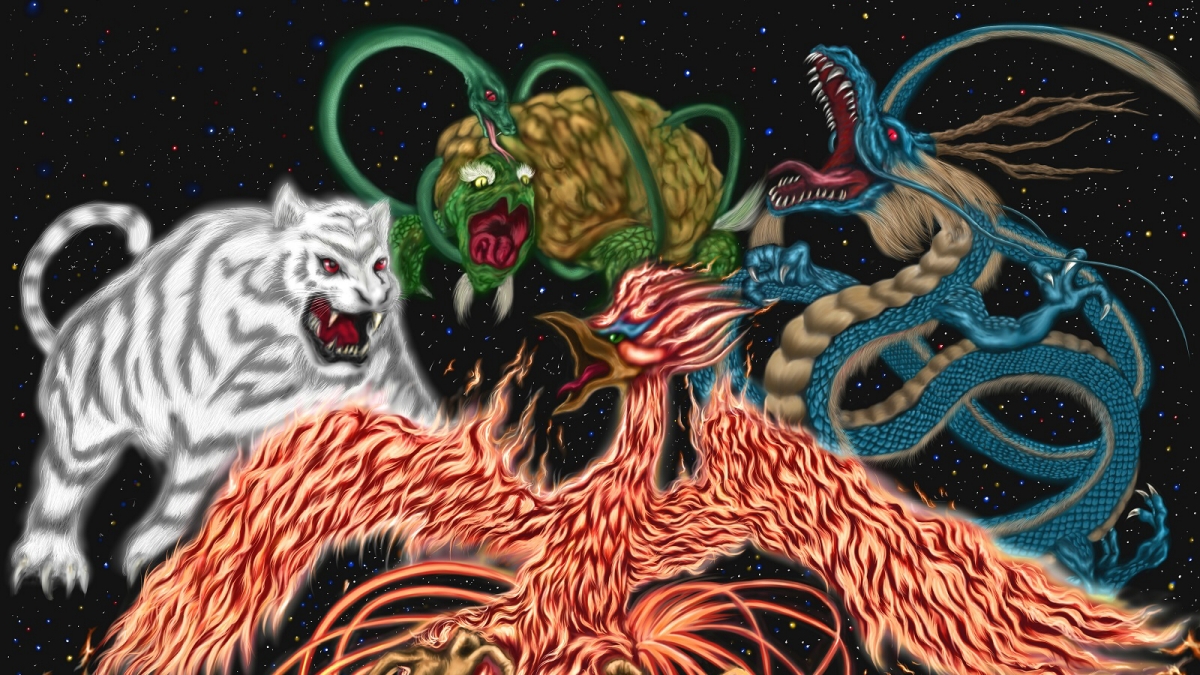Language:Jpanese
Funaokayama, located in Kita-ku, Kyoto City, is a small hill with an elevation of 111.7m and an area of 82,645㎡. It is located on the northern extension of Suzaku-oji Avenue in Heian-kyo.
When the capital was moved to Heian-kyo, it was seen as the guardian deity of the north (one of the Four Gods, Genbu), and is said to have served as a reference point for the construction of the capital.
The current Funaokayama is designated as a scenic district, and there is a Kennkun Shrine dedicated to Oda Nobunaga in one of the corners.
Then, if you head in the direction of the main shrine from the east approach, there is a Chozuya (purification fountain) next to the stairs in front of the worship hall, and behind it is a shrine called “Funaoka Myokensha”.
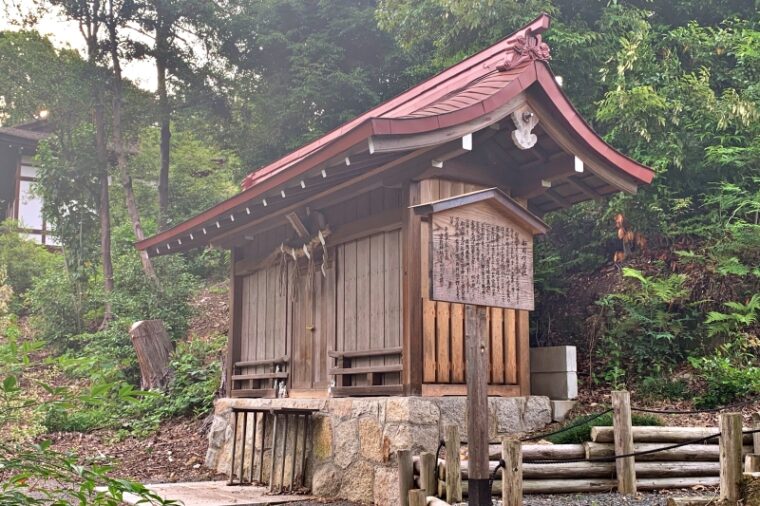
Funaoka Myokensha, which few locals know about, is a shrine dedicated to Genbu Okami, one of the four gods derived from the relocation of the capital of Heiankyo.
It’s a corner of the forest that has been designated as off-limits, so you can’t go close, but there is a raised area in front of the shrine, and it seems that Genbu is sleeping under the soil.
Maybe it’s because of my mind, but I feel that the air in this place is different from others.
The sign in front of “Funaoka Myomisha” reads as follows.
Funaoka Myomisha
Funaoka Myomisha worships the god of the land of Funaokayama, Genbu Ōkami. More than 1,200 years ago, Funaokayama, where Feng Shui was applied at the time of the founding of the Heian capital, was said to be a small mountain of Xuanbu that overflowed with the vitality of the earth, and Heian-kyo was built from this place as the base point of the north. The belief in Xuanbu has been widespread since ancient times, and in the “Spiritual Legend Theory of Luck” published in the fourth year of Hoei (1707), it can be seen that “Genbu is a turtle, a turtle that settles in the north and exorcises and saves all evils. As the god of Funaokayama, Funaoka Myomi is praised for his divine virtues of eliminating all evils, healing all diseases, and protecting the house.
Heisei 11 Yoshitatsu Kensho Shrine Miyaji
Genbu is an imaginary animal (spirit beast) in ancient China, and according to the Five Elements Theory (ancient Chinese natural philosophy) and the Four Gods (Feng Shui in China and Korea), it is considered to be a water god who protects the north.
The figure is often depicted as a long-legged turtle with a snake wrapped around it, but there is also a theory that the body is a turtle and the head is a snake.
Image of Genbu
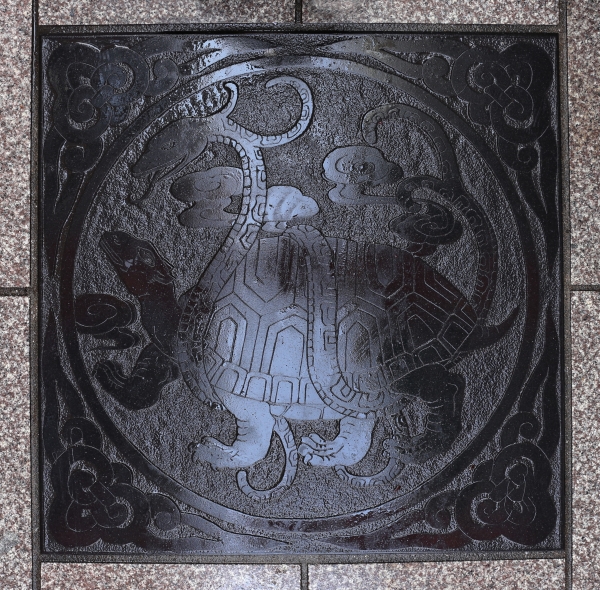
Source: Photo AC (relief on the road surface of Nagasaki Chinatown)
The city protected by the four gods(Shizinsouou)
Heian-kyo is said to be a capital city protected by four gods.
Its shape is said to be a land with mountains behind it and water such as the sea or a pond in front, surrounded on both sides by mountains and hills called sa (sand) that are lower than the mountains behind it.
It is said that the four gods protect the north, south, east, and west.
- Guardian deities of the East: Seiryu, Soryu
- Guardian of the West: White Tiger
- Guardian of the South: Sujaku
- Guardian of the North: Genbu
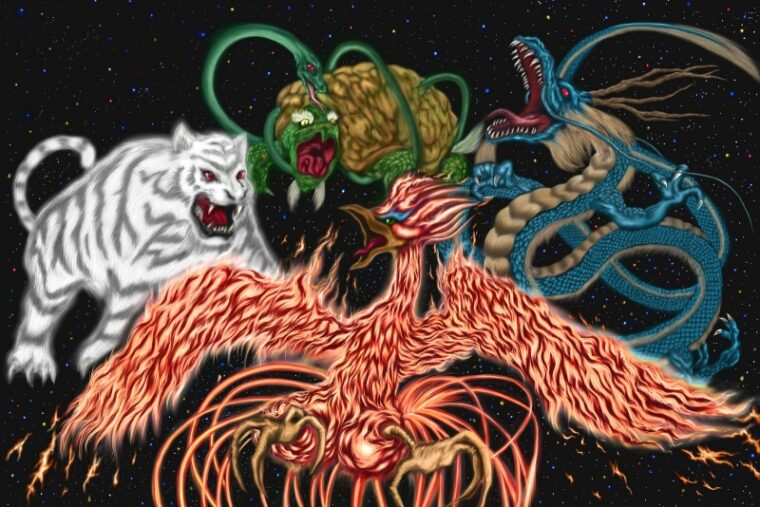
For tourists, the “Kyoto Five Shrines Tour” has become popular, but the Kensho Shrine in Funaokayama is not among the five shrines.
The Kyoto Five Shrines Tour includes the four gods of Soryu (Yasaka Shrine) in the east, White Tiger (Matsuo Taisha) in the west, Suzaku (Jonan Shrine) in the south, Genbu (Kamigamo Shrine) in the north, and Heian Shrine in the center.
All of them are famous for sightseeing in Kyoto, but I feel that this is different from the original five companies.
Genbu Shrine
If you go east from Funaokayama (Kenkun Shrine), you will find the “Genbu Shrine” where the first prince of the 55th Emperor Buntoku, Prince Kotaka, is the god of the shrine.
In the past, many turtles were raised in the small pond in the precincts of the shrine, and it was also called “Kamemiya”, and the name of the shrine “Genbu” is said to be one of the four gods, “Genbu, the guardian god of the north”.
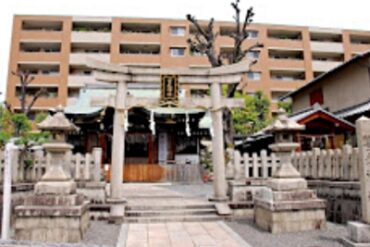
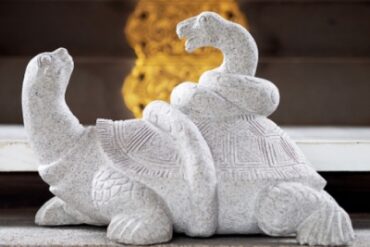
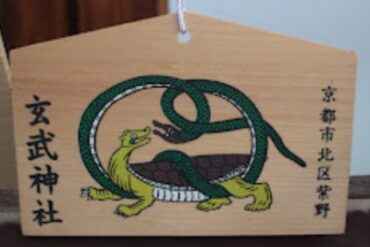
Summary
This time, we introduced the four gods “Genbu” derived from the relocation of the capital of Heiankyo, which is not listed in the tourist guide. It’s fun to visit Kyoto’s famous places, but why not take a moment to experience the history of Kyoto, which few locals know about?
Then, you may be able to get to know the real Kyoto.

